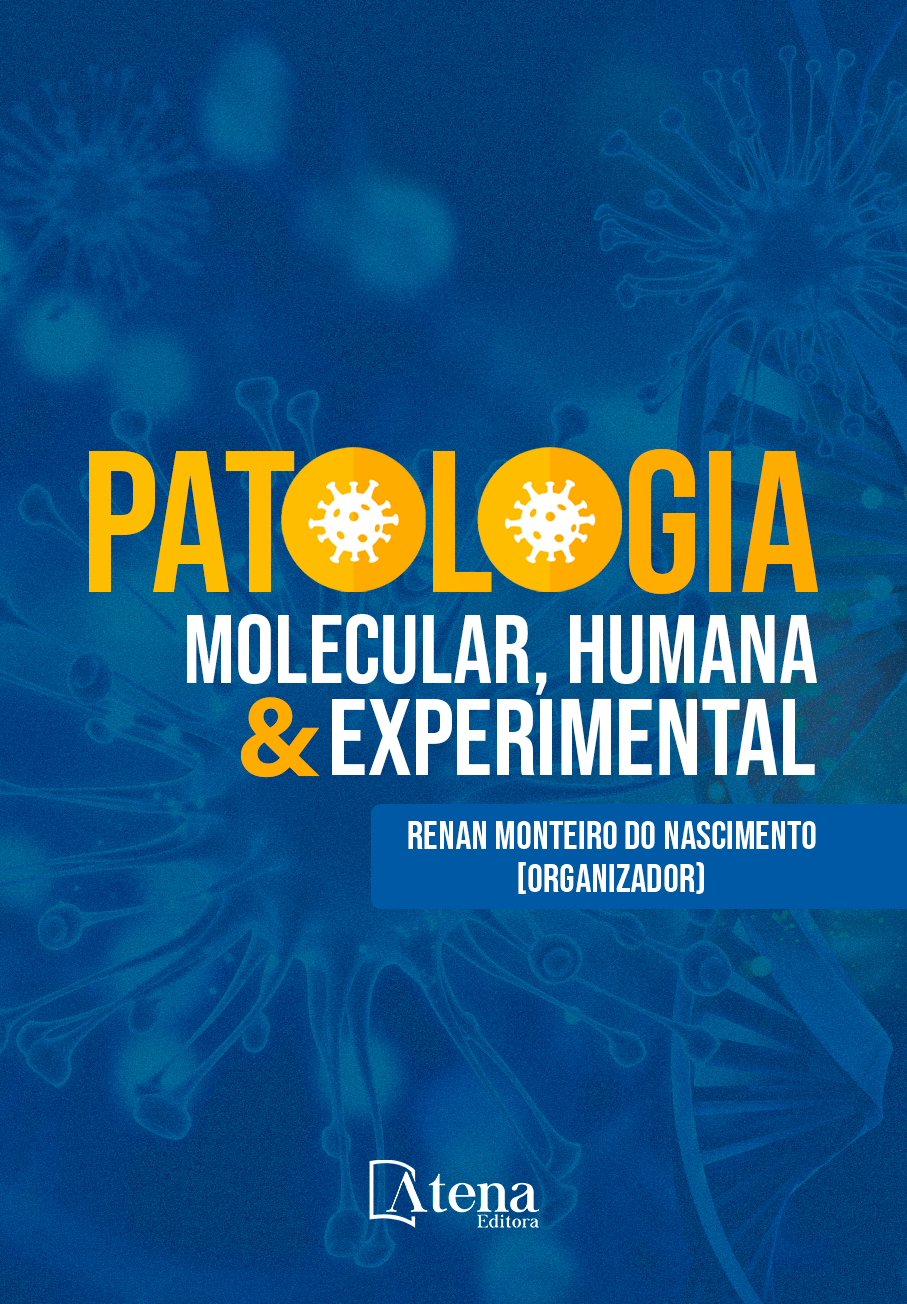
SIGNIFICANDO O MANEJO DO PNEUMOTÓRAX NO AMBIENTE HOSPITALAR E CONHECENDO AS ABORDAGENS GERAIS ATRAVÉS DE UMA REVISÃO NARRATIVA
Objetivo: Descrever o manejo do pneumotórax no ambiente hospitalar, considerando as causas e consequências. Revisão bibliográfica: O pneumotórax é definido como a presença de ar na cavidade pleural alterando a pressão intrapleural normalmente negativa. A revisão discorre sobre a fisiopatologia, etiologias, e discrimina a classificação principal do pneumotórax: traumático e espontâneo. Eles se diferem de acordo com a etiologia, podendo ser trauma ou idiopático e/ou secundária a uma patologia, respectivamente. É de suma importância, o conhecimento dos sinais e sintomas súbitos característicos do colapso pulmonar, sendo indispensável para um bom diagnóstico diferencial. Além disso, o uso do raio-X, ultrassonografia e tomografia confirmam e classificam o pneumotórax, conduzindo para o melhor método terapêutico que são eles: expectante, drenagem, toracotomia, pleurodese química. Conclusão: Infere-se que o pneumotórax está diretamente relacionado a politraumas, sendo que os serviços de emergência são a principal porta de entrada. Nesse ambiente temos os exames de imagem como aliados para um diagnóstico preciso. Assim, haverá uma intervenção objetiva, conseguindo a redução do tempo de hospitalização e o retorno do bem-estar do paciente.
SIGNIFICANDO O MANEJO DO PNEUMOTÓRAX NO AMBIENTE HOSPITALAR E CONHECENDO AS ABORDAGENS GERAIS ATRAVÉS DE UMA REVISÃO NARRATIVA
-
DOI: 10.22533/at.ed.1632128064
-
Palavras-chave: Pneumotórax; Pleura; Conduta Expectante; Serviços Médicos de Emergência.
-
Keywords: Pneumothorax; Pleura; Watchful Waiting; Emergency Medical Services.
-
Abstract:
Describe the management of pneumothorax in the hospital setting, considering the causes and consequences. Literature review: Pneumothorax is defined as the presence of air in the pleural cavity altering the normally negative intrapleural pressure. The review discusses pathophysiology, etiologies, and distinguishes the main classification of pneumothorax: traumatic and spontaneous. They differ according to etiology, being traumatic or idiopathic and/or secondary to a pathology, respectively. It is of utmost importance, the knowledge of the sudden signs and symptoms characteristic of lung collapse, being indispensable for a good differential diagnosis. In addition, the use of X-ray, ultrasonography and tomography confirm and classify the pneumothorax, leading to the best therapeutic method which are: expectant, drainage, thoracotomy, chemical pleurodesis. Final considerations: It is inferred that pneumothorax is directly related to polytrauma, and the emergency services are the main entrance door. In this environment we have imaging exams as allies for an accurate diagnosis. Thus, there will be an objective intervention, achieving the reduction of hospitalization time and the return of the patient's well-being.
-
Número de páginas: 11
- Yasmim Victória Loureiro Alvares de Oliveira Sosa Diaz
- Victoria Farias de Miranda Monte
- Taiane Ermita Casagrande
- Milagres Araújo Nascimento
- Marcela Araujo Pereira
- Luiza Bastos Campos
- Hiléia Almondes Silva
- Giulliane de Oliveira Baretta
- Gabryelly Thallya Queiroz Oliveira
- Emilli Suzy Lima Rodrigues
- Débora Angélica Rocha da Cunha Ferreira
- André Luiz Caramori Tondo
- Marcos Filipe Chaparoni de Freitas Silva


